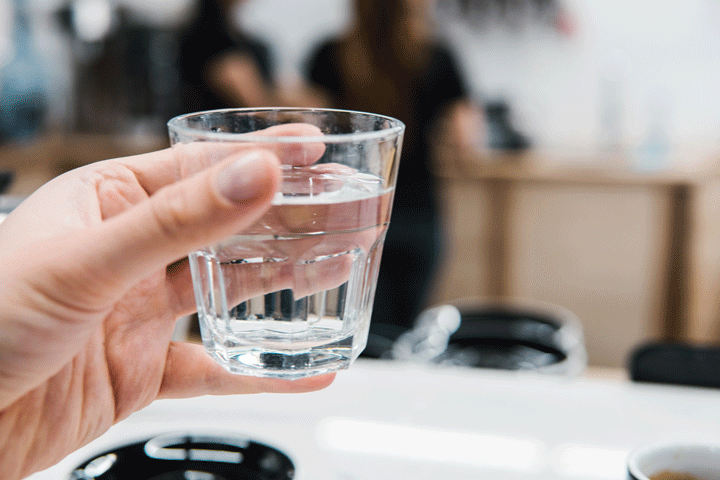Microplastics are tiny plastic particles smaller than 5 millimeters in size and can come from a variety of sources, including our bathroom, kitchen and laundry. To avoid microplastics in drinking water, follow the guidelines below.
Sources of microplastics
Bottled water: A study published in January 2024 found nearly a quarter of a million microplastics per liter in bottles, which is about 10 to 100 times more than we previously thought.
Columbia and Rutgers universities sampled water from three different brands and estimated that a typical one-liter bottle contains 240,000 microplastics.
Main findings
- Particle composition: Most of the particles were not PET (the material used to make plastic bottles), but polyamides and polystyrene, suggesting that these nanoparticles and microparticles are sneaking in during the filling and cleaning process.
- Health risks: Initial studies indicate that microplastics may pose serious health risks, as they are small enough to enter the bloodstream and lodge in the heart, brain, or cross the placenta.
How to avoid microplastics in water
Use stainless steel or glass bottles: Avoid plastic bottles and replace them with stainless steel or glass bottles.
Use tap water: Instead of bottled water, use tap water if possible.
Boiling of hard water: Researchers in China have found that boiling hard tap water can produce calcium carbonate, which forms crystallized capsules around microplastics that can be scraped off or removed by pouring the water through a coffee filter.
Results: This technique removed up to 90% of microplastics in hard water samples and up to 25% of microplastics in soft water.
While it is difficult to eliminate microplastics from our lives, we can reduce them by reducing our overall plastic consumption.






